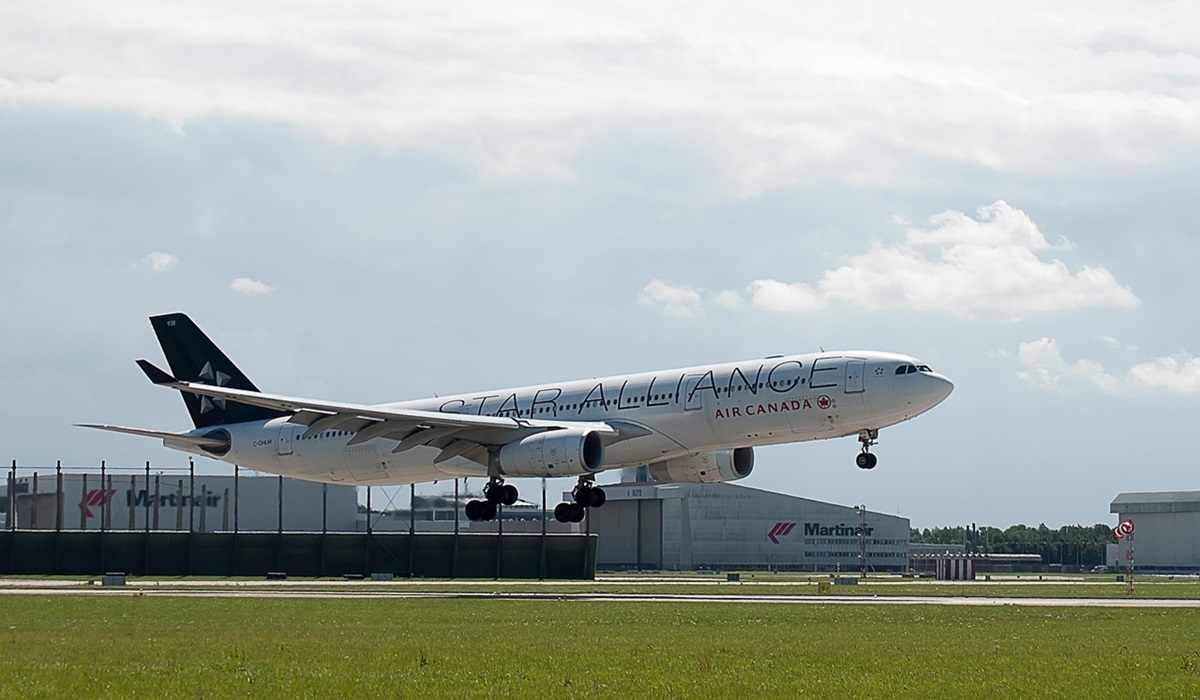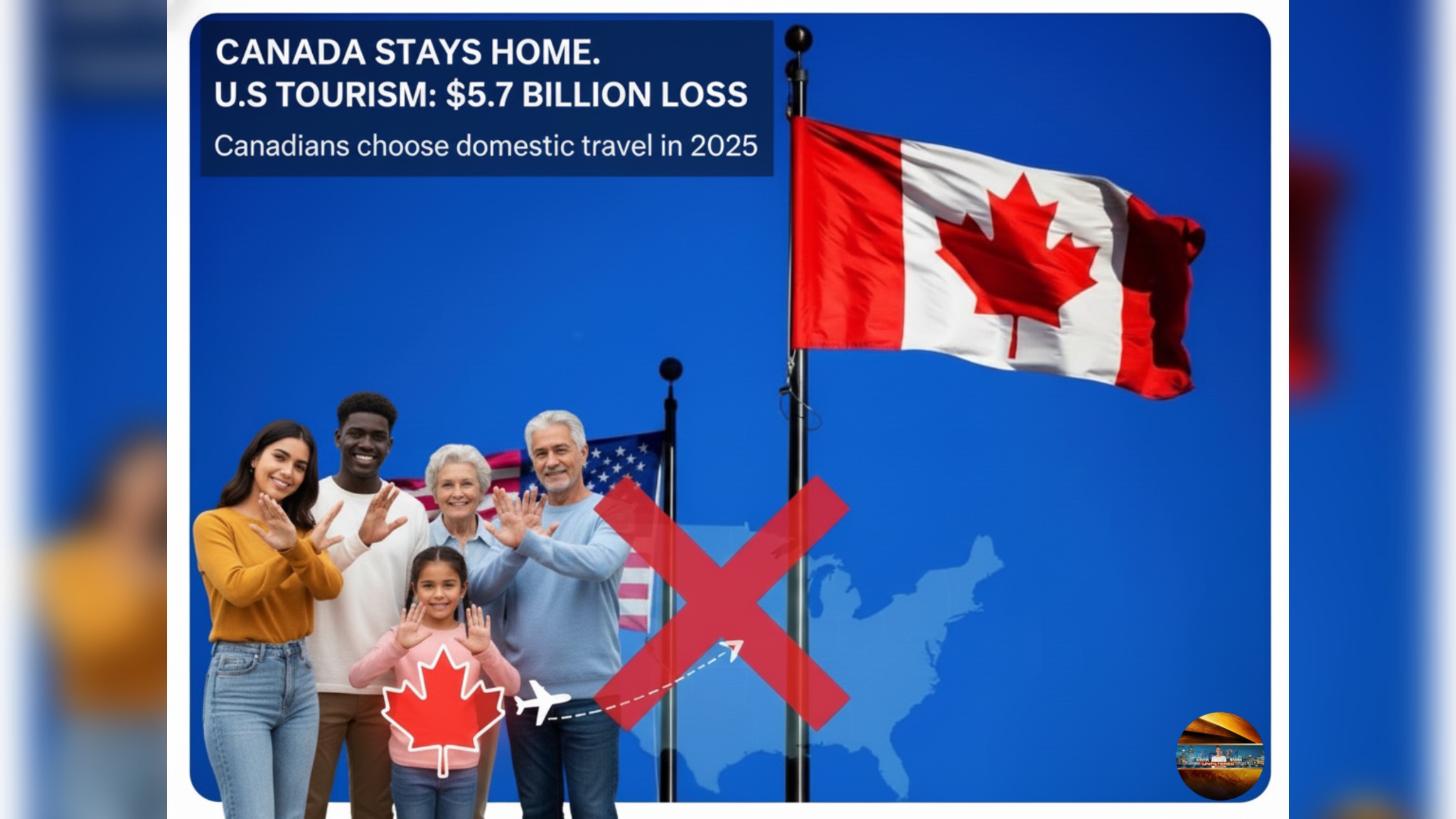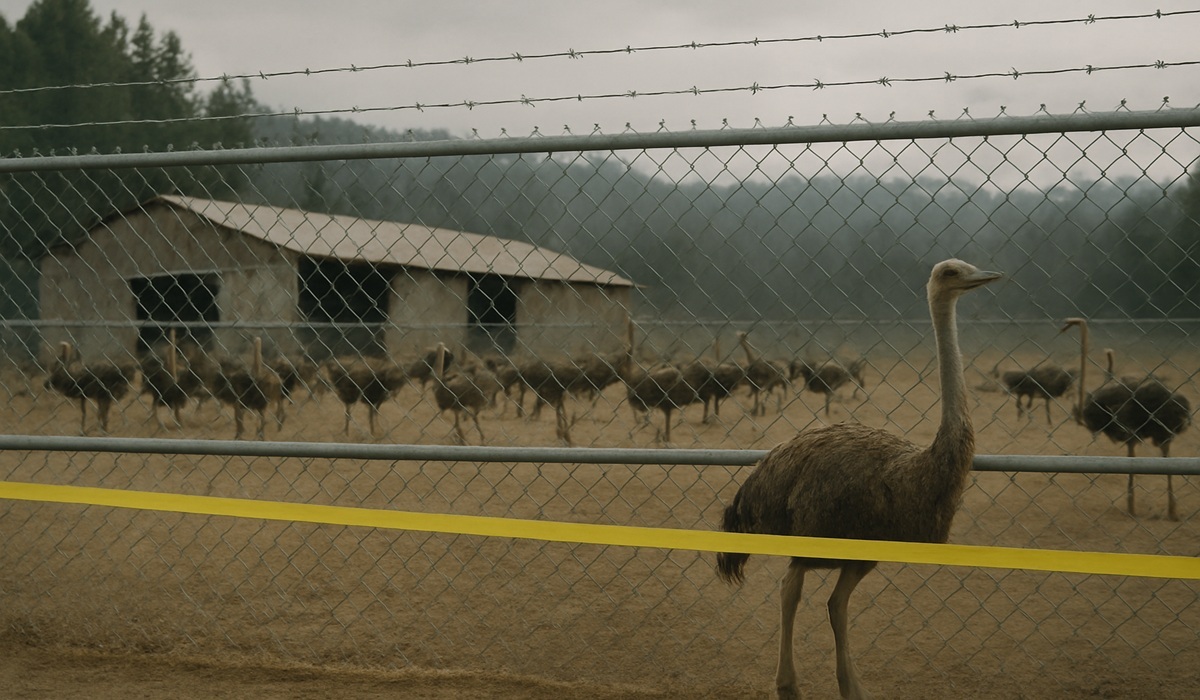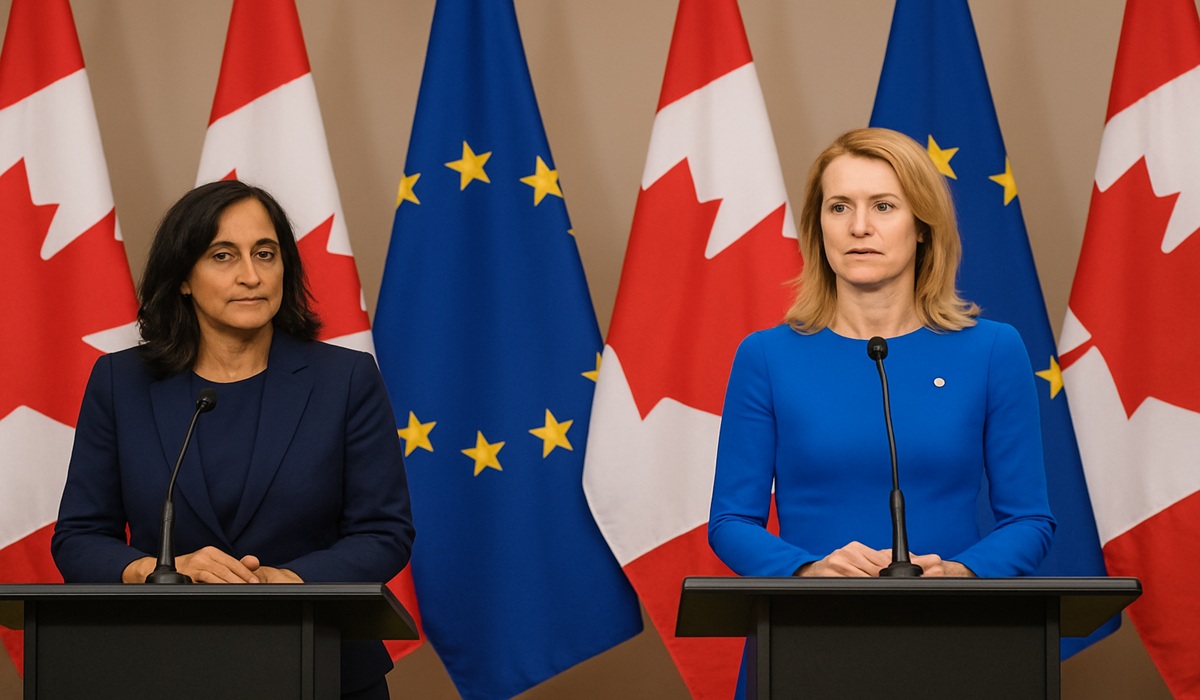Turbulence at 35,000 Feet: Inside Air Canada’s Strike, Ottawa’s Binding Arbitration, and What Comes Next
- Naomi Dela Cruz
- Canada
- August 18, 2025

Image Credit: Cor Gaasbeek
Air Canada’s summer of 2025 has erupted into the most dramatic labour confrontation the airline has faced in decades. More than 10,000 flight attendants, represented by the Canadian Union of Public Employees, walked off the job in mid-August after contract talks broke down. Their demands centred on fairer pay, especially for the long hours they spend on the ground performing critical duties that currently go unpaid. Air Canada maintains it offered a package with significant raises and partial recognition of that ground time, but the union rejected it, saying the proposal failed to address fatigue, scheduling fairness, and the principle that all hours worked should be compensated.
The strike immediately threw Canada’s air network into chaos. Hundreds of flights were cancelled each day, stranding tens of thousands of passengers and leaving airports across the country clogged with frustration. At the peak of summer travel season, with families, business travellers, and international visitors on the move, the shutdown hit hard. Air Canada scrambled to communicate rebooking options, while rival airlines saw their limited capacity gobbled up in hours.
The federal government moved swiftly. Within a day of the strike beginning, Ottawa directed the Canada Industrial Relations Board to impose binding arbitration and order attendants back to work. Binding arbitration is a process where both sides present their cases to a neutral third party, who then issues a ruling that becomes legally binding. It removes the ability to strike or lock out while ensuring some form of resolution. Governments have turned to this tool in the past when disputes in essential or high-impact sectors threatened national commerce, public safety, or critical services.
But this time, the order sparked defiance. The union accused the government of trampling Charter-protected rights and announced that members would not comply. On the picket lines in Toronto, Vancouver, and Montreal, workers vowed to continue walking until meaningful pay changes were guaranteed. Air Canada initially announced plans to restart service under the government order, then backed down after it became clear crews would remain off the job.
The legal and political implications are enormous. The board can seek to enforce compliance, and courts have the power to levy fines or even jail time for union leaders if orders are ignored. At the same time, the union is preparing to challenge the directive through judicial review, arguing that Ottawa’s use of Section 107 of the Canada Labour Code is unconstitutional. Past disputes have seen courts strike down overly aggressive back-to-work legislation, which adds another layer of uncertainty.
For travellers, the immediate picture is grim. Entire itineraries are collapsing as connecting flights vanish, international journeys are being disrupted mid-way, and regional communities that rely on Air Canada’s hub system are cut off. Refunds and rebookings are being offered, but space is scarce. Families are sleeping on airport floors, conferences are missing attendees, and cargo—including medical shipments—is sitting idle. Even if a resolution comes quickly, the operational hangover will take days, if not weeks, to sort out as aircraft and crews are repositioned.
The government argues its intervention is necessary to preserve the backbone of Canada’s transport system. Air Canada is the country’s largest airline, and when it shuts down, so does much of Canada’s air traffic. The union counters that arbitration strips them of their most powerful tool and weakens the ability to achieve lasting workplace improvements. For Air Canada, the gamble is that arbitration could deliver a compromise closer to management’s offer than to the union’s demands.
Air Canada is no stranger to labour turbulence, and understanding the current crisis requires looking at the past. The very first walkout by Air Canada flight attendants took place in 1985, when members of CUPE launched a strike over pay and working conditions. That confrontation was historic, setting the stage for recurring battles between labour and management in the decades that followed.
In the late 1990s, Air Canada pilots mounted their own strike, shutting down flights and shaking confidence in the airline. The early 2010s brought renewed unrest. Flight attendants came close to striking in 2011, prompting Ottawa to intervene preemptively to keep flights moving.
The last actual walkout before today happened in March 2012, when Air Canada ground staff at Toronto Pearson International Airport staged a wildcat strike. This action was not formally sanctioned by their union but saw dozens of workers leave their posts in protest of disciplinary measures. The stoppage caused serious delays and cancellations, rippling across the system. That 2012 wildcat strike stands as the most recent time Air Canada employees walked off the job—until the events now unfolding in 2025.
The standoff leaves Canada in uncharted territory. Three possible outcomes loom: compliance with arbitration, a prolonged legal battle, or emergency back-to-work legislation passed by Parliament. If crews return under protest, flights can resume while the courts decide whether the board’s order was valid. If the union refuses, the crisis could deepen into fines, legal showdowns, and potentially weeks of disruption. And if Parliament is recalled, Ottawa could impose legislation to force an end—though that would almost certainly trigger a constitutional challenge.
For passengers, the only certainty is continued disruption. Refunds may cover cancelled flights, but few alternatives exist in a market where Air Canada dominates long-haul and many regional routes. The airline’s competitors simply don’t have the capacity to absorb the shock. Even once a resolution is reached, it will take time to stabilize schedules, return aircraft to the right locations, and restore public confidence.
This strike, like the ones that came before it, is about more than pay and scheduling. It is about how Canada balances the rights of workers with the functioning of a national transportation lifeline. From the first walkout in 1985 to the wildcat strike in 2012, Air Canada’s labour history has been punctuated by moments of turbulence that ripple across the country. The events of 2025 are now part of that history, testing the limits of law, politics, and solidarity in the skies.








